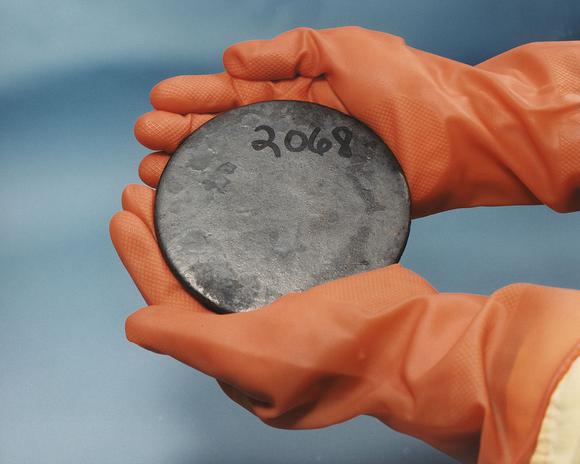Evaluating Thorium as a Nuclear Energy Option
< < Go Back
Many energy analysts have pointed to thorium as an alternative to uranium-based nuclear reactors. But would thorium actually be an effective replacement for uranium? Maxx Chatsko, editor of SynBioBeta, evaluates the upsides and downsides of thorium.
How is thorium different from uranium? Uranium must be enriched in order to produce plutonium, and during that process, it produces nuclear waste. Thorium, on the other hand, does not require enrichment. Instead, it undergoes a series of reactions to produce a uranium isotope, U-233. And while it does produce nuclear waste, it does not produce the high-level waste elements which can remain for more than 10,000 years.
Minimizing waste production is thorium’s main advantage. However, there are a few disadvantages to using this fuel:
– The nuclear energy industry has minimal experience working with thorium, compared to decades of experience working with uranium. This has deterred investment and kept companies from using the new technology.
– Thorium actually produces more toxic short-term waste than does the Uranium-Plutonium fuel cycle. Because it emits such large amounts of radiation, it requires more expensive disposal and shielding methods.
– Although thorium is 400 percent more abundant in the Earth’s crust, uranium is 8,250,000 percent more abundant in the Earth’s oceans. Extracting uranium from the oceans is indeed expensive — costing 400 percent more than current market prices. However, that process has already been demonstrated and may become standard practice in the future.
Chatsko writes that while thorium has the potential to become an important energy source, companies will stick to uranium-based reactors for the foreseeable future.
More From NCPA:




